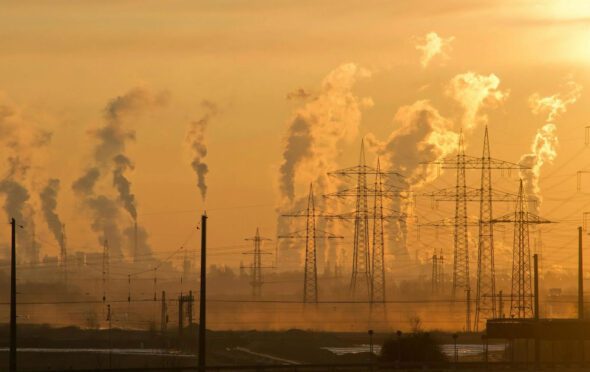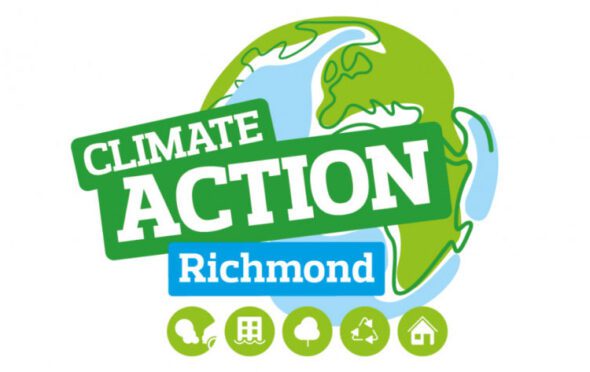Heathrow’s Third Runway: What’s at stake for Kew?
 Earlier this year plans to build a third runway at Heathrow Airport re-emerged with full government backing, reviving a long-standing and polarising debate. For areas like Kew, the proposal carries serious implications, both in terms of day-to-day disruption and broader environmental concerns. Already under Heathrow’s flight paths, Kew faces the likelihood of increased aircraft noise and worsening air quality. While air pollution has improved in recent years, projections suggest that a third runway, along with nearly 260,000 extra flights per year, would push pollutant levels beyond the safe limits recommended by the World Health Organisation. Given local efforts to meet these targets, the proposal could pose a direct threat to community health and wellbeing.
Earlier this year plans to build a third runway at Heathrow Airport re-emerged with full government backing, reviving a long-standing and polarising debate. For areas like Kew, the proposal carries serious implications, both in terms of day-to-day disruption and broader environmental concerns. Already under Heathrow’s flight paths, Kew faces the likelihood of increased aircraft noise and worsening air quality. While air pollution has improved in recent years, projections suggest that a third runway, along with nearly 260,000 extra flights per year, would push pollutant levels beyond the safe limits recommended by the World Health Organisation. Given local efforts to meet these targets, the proposal could pose a direct threat to community health and wellbeing.
What are the arguments?
At the heart of the debate is the question of necessity. Heathrow argues that it is operating at capacity, needing expansion to meet future demand. Yet passenger numbers have already increased significantly without a new runway—rising from 74 million in 2015 to almost 84 million today. Heathrow estimates it could reach 115 million by 2080 even without further expansion. Meanwhile, other airports like Gatwick, Stansted, and Luton have secured approval to expand, with Gatwick alone potentially adding over 100,000 flights annually. This casts doubt on whether a third runway at Heathrow is genuinely needed.
Supporters of the runway, including Chancellor Rachel Reeves, claim it will boost the UK economy, citing a potential 0.43% increase in GDP by 2050. However, these figures come from modelling commissioned by Heathrow itself, and independent economists warn they may be flawed or overly optimistic. Some forecasts show only marginal or even negative economic returns, particularly when factoring in environmental and social costs.
The environmental case against the runway is strong. Aviation is among the highest-emitting sectors in the UK and would become the biggest by 2040. Government plans rely heavily on new technologies like sustainable aviation fuel and carbon capture, yet these remain costly, underdeveloped, and uncertain. The government’s own climate advisors have warned that airport expansion should be halted until emissions begin to decline—advice that has so far been ignored.
While Heathrow promises national benefits, the majority of economic gains would be concentrated in London and the South East. Modelling suggests regions such as the West Midlands and the North West could lose jobs and investment as economic activity is drawn southward.
Want to find out more?
For a community like Kew, committed to environmental responsibility and quality of life, the third runway presents serious challenges. This is not just a national debate, it is one that directly affects our neighbourhood and deserves our full attention.
If you would like to learn more about the debate, Kew Society Member Dr Roger Mason has prepared a comprehensive briefing document on the proposed third runway development, presenting arguments for and against the proposal.
The briefing document is in 3 parts and can be found here: Part 1: Introduction and Summary Part 2: Arguments for and against building a third runway Part 3: References.
This is a timely document in the light of today’s announcement by London Heathrow Airport of its full development plans for modernisation and expansion of the airport at a cost of £49bn including the third runway. You can read the Airport’s plan here. Additional reporting by the BBC can be found here.




